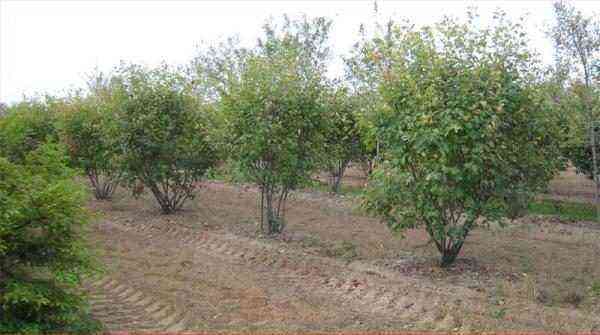We do not talk much about bulb flowers in this blog and at the end of this 2017 we are going to start with simple bulbs that we can take care of indoors and then give us a flowering that is the envy of the balconies on the facade. Usually (if not always) bulbs are very grateful to the flowers they give so we go for the Crocus vernus.
But… do we know what a bulb is?
One onion! That is a bulb, they are underground structures of plants whose sole purpose is the storage of nutrients so that they do not lack anything at the time of emergence. There are other structures such as tubers (potato, sweet potato), rhizomes (ginger) whose compositions change but their purpose is exactly the same: the federal reserve of nutrients. In some cases they serve as food and in others like this … well, for flowers. Many times they are confused with a “type of root” but morphologically speaking this is not true. It is a thickened stem, in fact the roots come out at the base of the bulb (grab a leek from the fridge and… “voilà”, another example of a bulb where you can see the roots at the base of the bulb).
Morphology and flower of the Crocus vernus
In this case we have a very interesting color variety. There are white, yellow, intense purple or paler varieties. In general, the most typical is associated with purple, or at least we associate more with purple, but it may just be totally psychological… and why do we think it is so… very simple. What does the flower remind us of? Exactly! Saffron. They are first cousins. I do not know if the degree of kinship is so close but at least you share a family since saffron is Crocus sativus. And since the etymology fascinates us, we cannot fail to quote from Wikipedia where the term Crocus comes from:
Crocus: Generic name derived from the Greek word: κρόκος (krokos). This, in turn, is probably a word taken from a Semitic language, related to Hebrew כרכום karkom, Aramaic ܟܟܘܪܟܟܡܡܐ kurkama and Arabic كركم kurkum, which means »saffron« (Crocus sativus), «yellow saffron» or turmeric ( see Curcuma). The word ultimately goes back to the Sanskrit kunkumam (कुङ्कुमं) for “saffron” unless it is itself a descendant of the Semitic word.
It is a plant that grows in garden areas and meadows in a wild way and does not lift more than 10 cm from the ground when it is in bloom, therefore, if it is in the garden, we must use it if we want to splashing a garden area with which we can splash color purple (or white, or yellow, or purple …) spring.
The care of the Crocus vernus they are really easy
Temperatures and lighting
It is a plant whose bulb supports large and prolonged frosts. It is classified as very rustic since the bulb can withstand up to -20ºC. Of course, in Spain there are no places with these temperatures on a regular basis, so there is no need to worry because of the cold. These bulbs grow wild in meadows and clearings so they need full light to grow.
Irrigation and fertilizer
If temperatures were not a concern, irrigation will be what defines the success of Crocus vernus. Irrigation should keep the soil slightly moist almost constantly. It does not receive long periods of drought well once the bulb is planted. And it has to be followed with the same frequency during flowering. The soil is better than it tends to be sandy, loose and it does not necessarily have to be a very rich soil. The pH is not usually a problem close to neutrality. It can grow in soils of medium or low fertility even as long as there is no shortage of water.
Sowing and flowering
The sowing of these bulbs is usually done in the fall (September-November) and the flowering in early spring. Once the flowering period is over, the flower withers, the plant turns yellow and finally ends up drying out. It is at that moment when the bulb can be unearthed (if it is in pots or we want to have bulbs saved to transplant).
If you have hives, the bees will appreciate it a lot
It turns out to be one of the first bulbs to bloom in the very early spring. At this very early point, the youngest bees that start to go out to explore, find it a bit difficult to find the nectar since the spring climax has not yet been reached. If they are found Crocus vernus they are going to be the luckiest in the place … and I’m not telling you anything, the beekeepers.
Greetings from Agromática

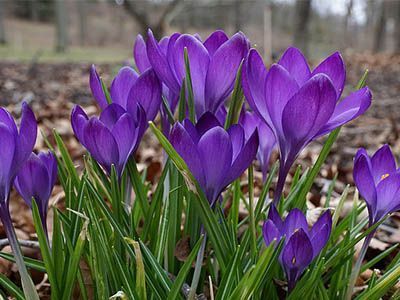
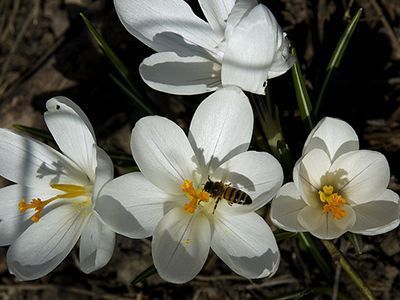
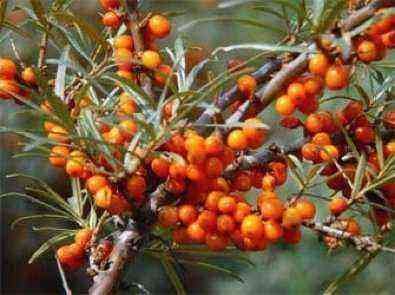
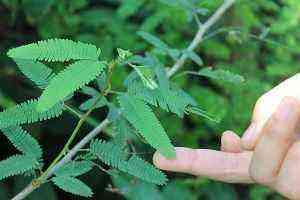
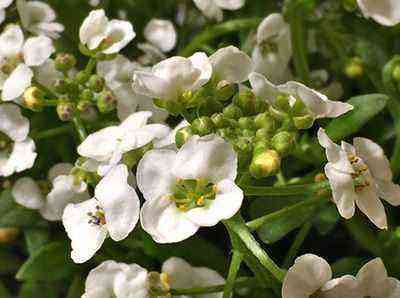
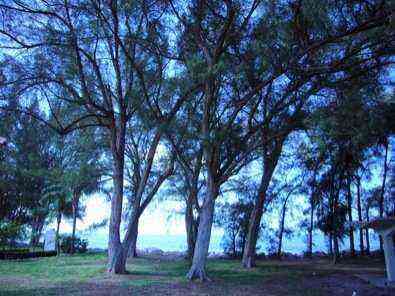
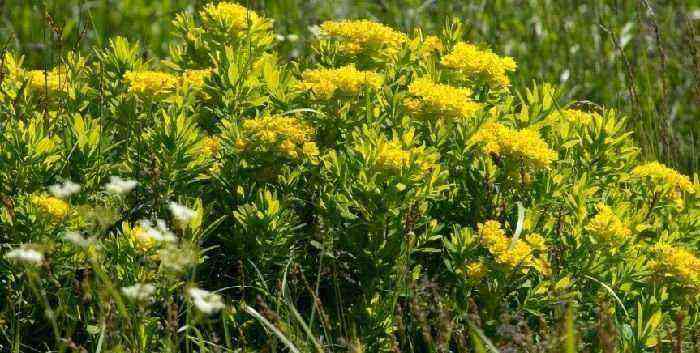

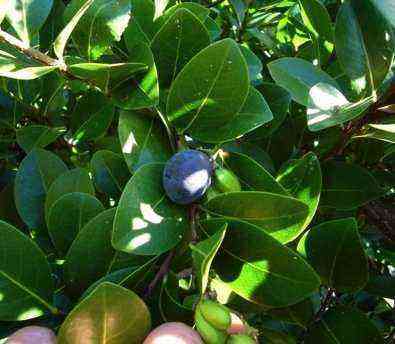
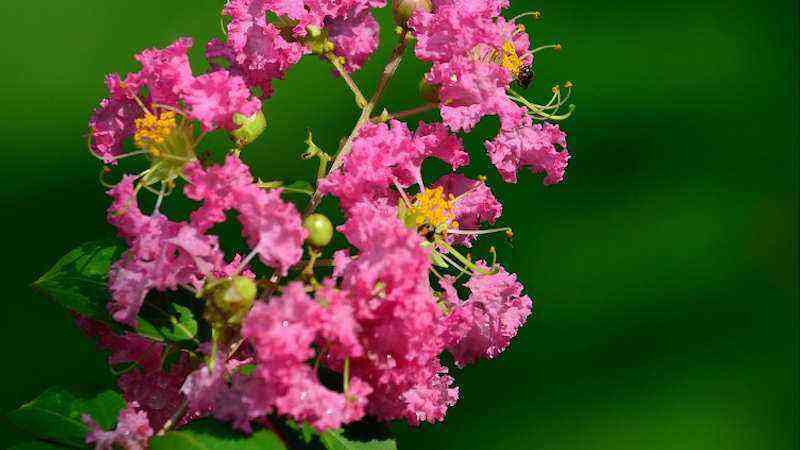
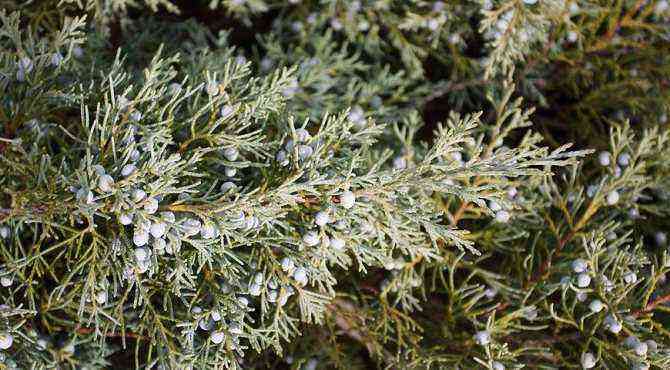
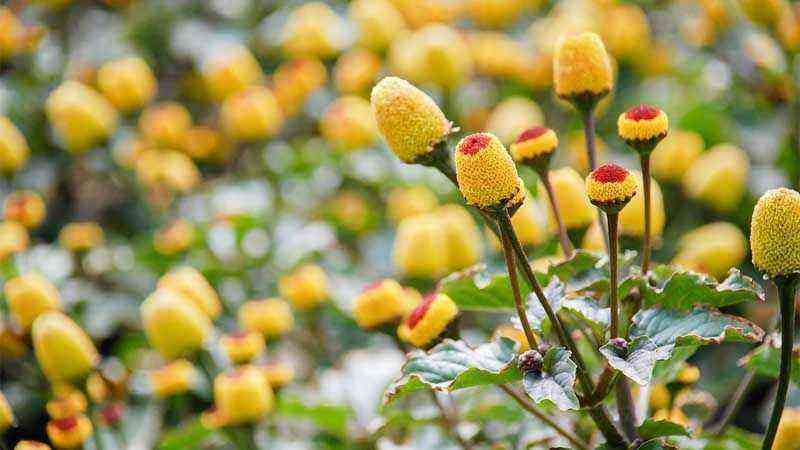
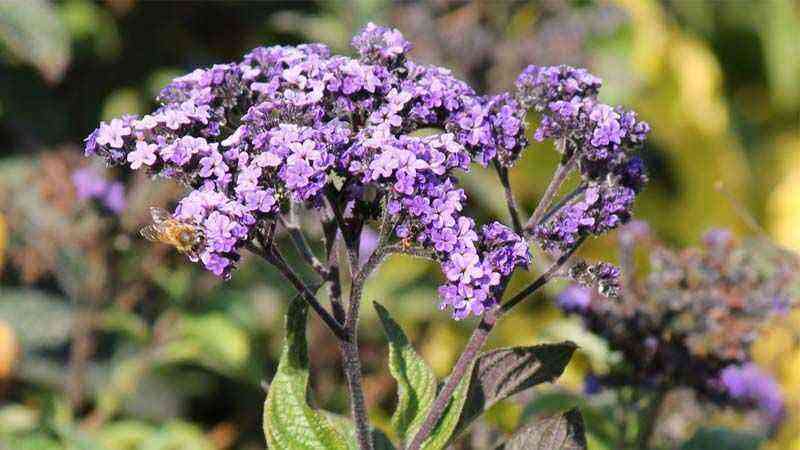


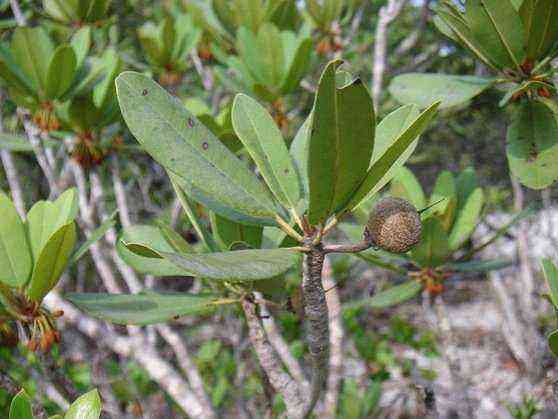

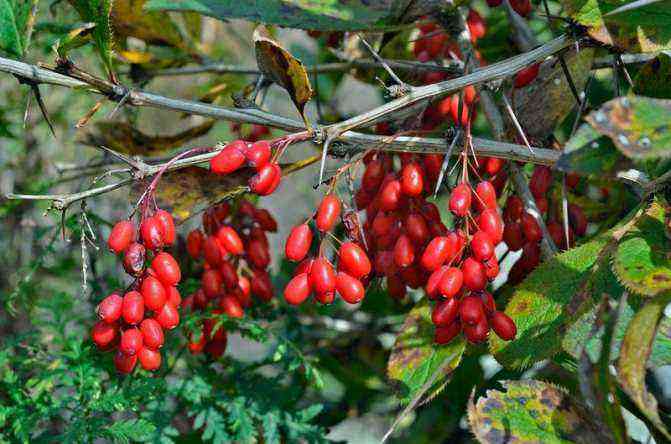

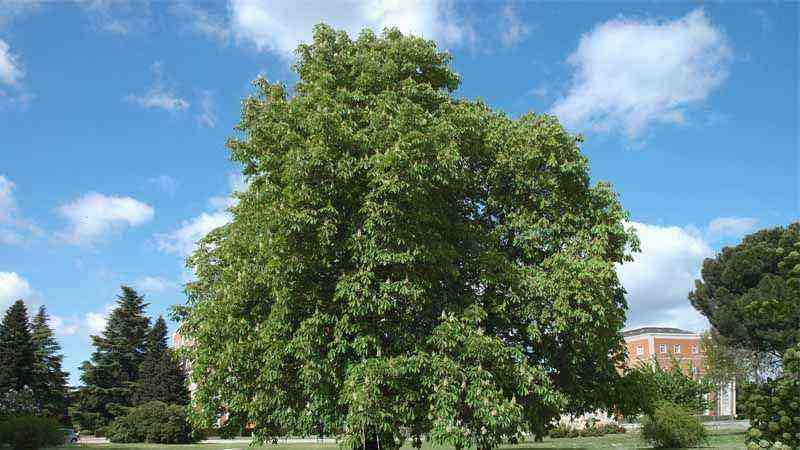
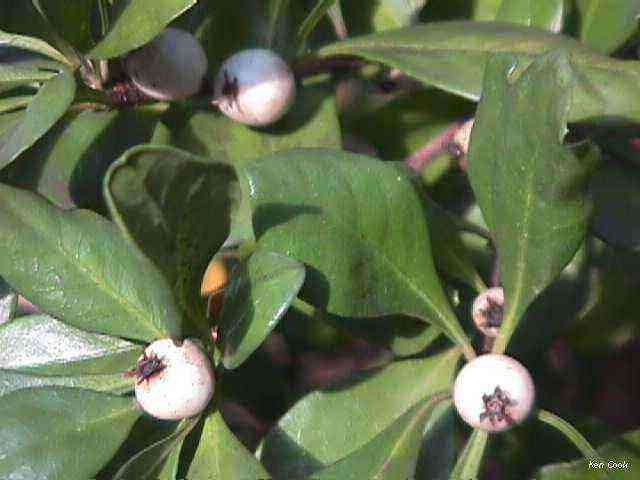
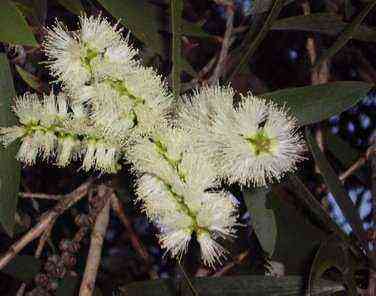
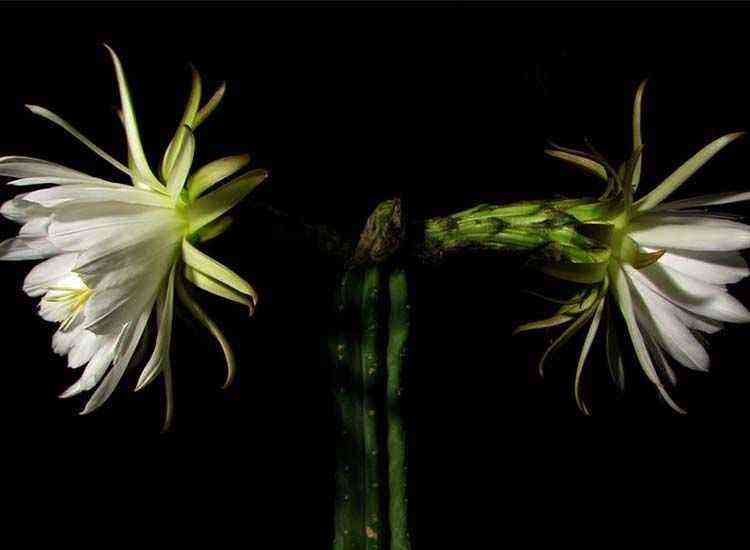
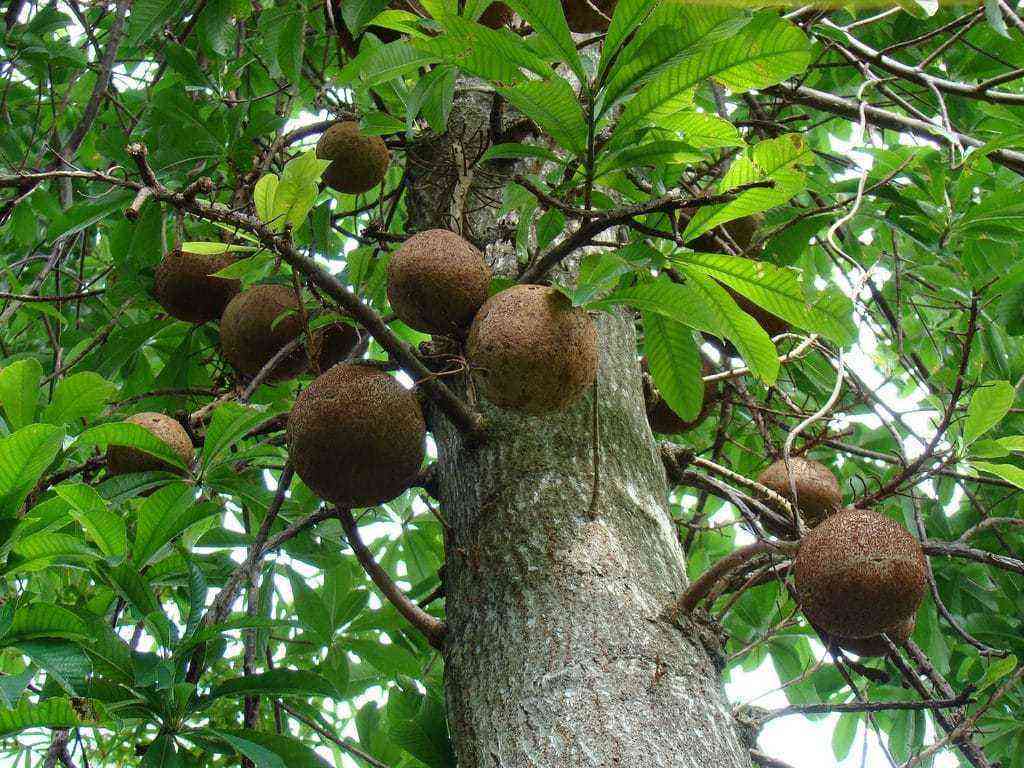

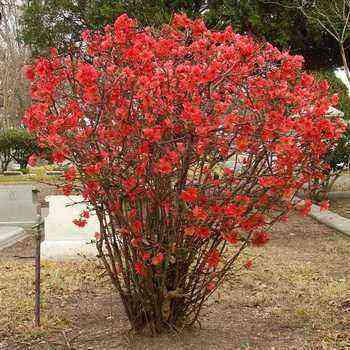

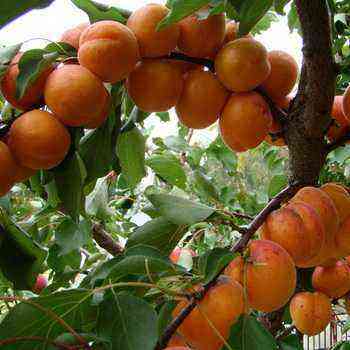

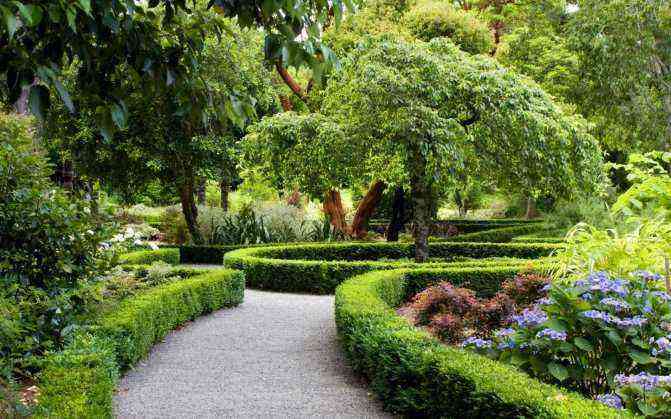
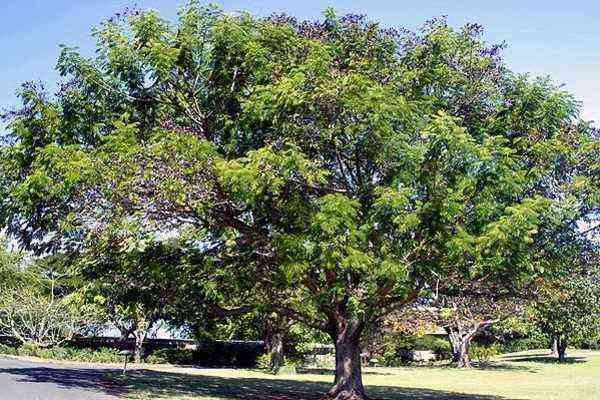
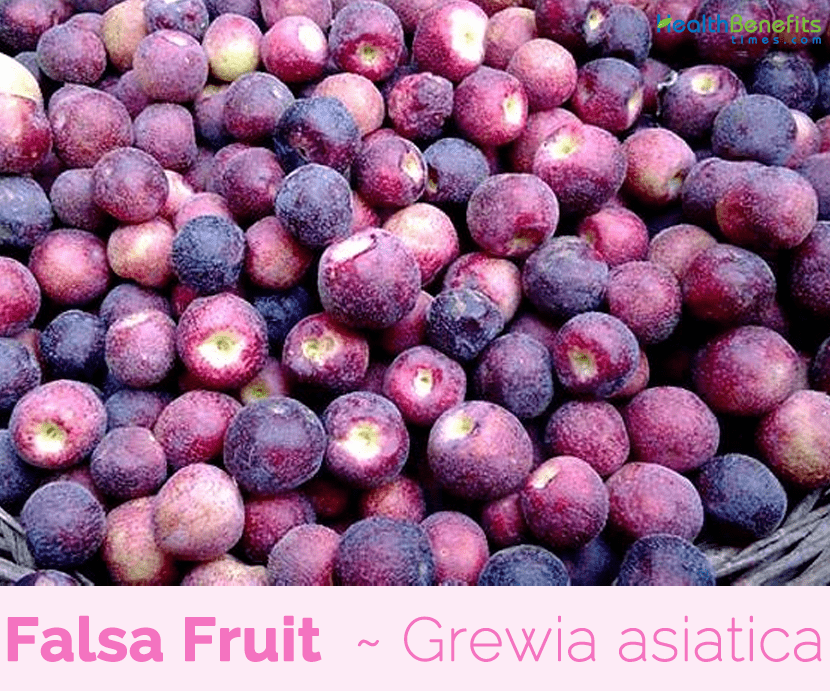
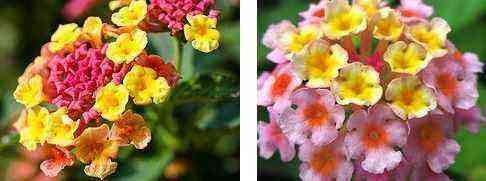
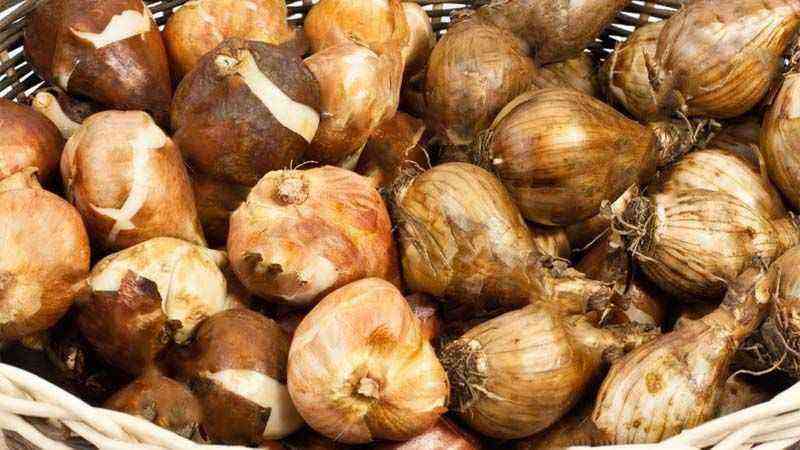

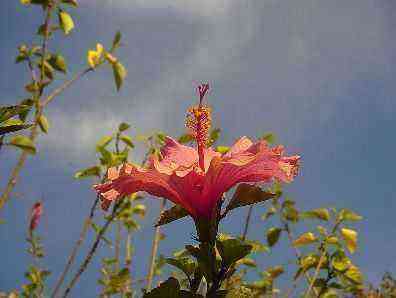

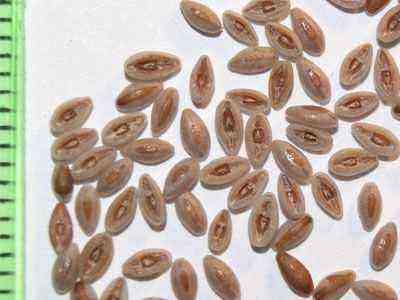
![Cultivation of Manihot esculenta [Cassava, Cassava] Cultivation of Manihot esculenta [Cassava, Cassava]](https://farmer-online.com/wp-content/uploads/2021/05/Cultivation-of-Manihot-esculenta-Cassava-Cassava.jpg)


